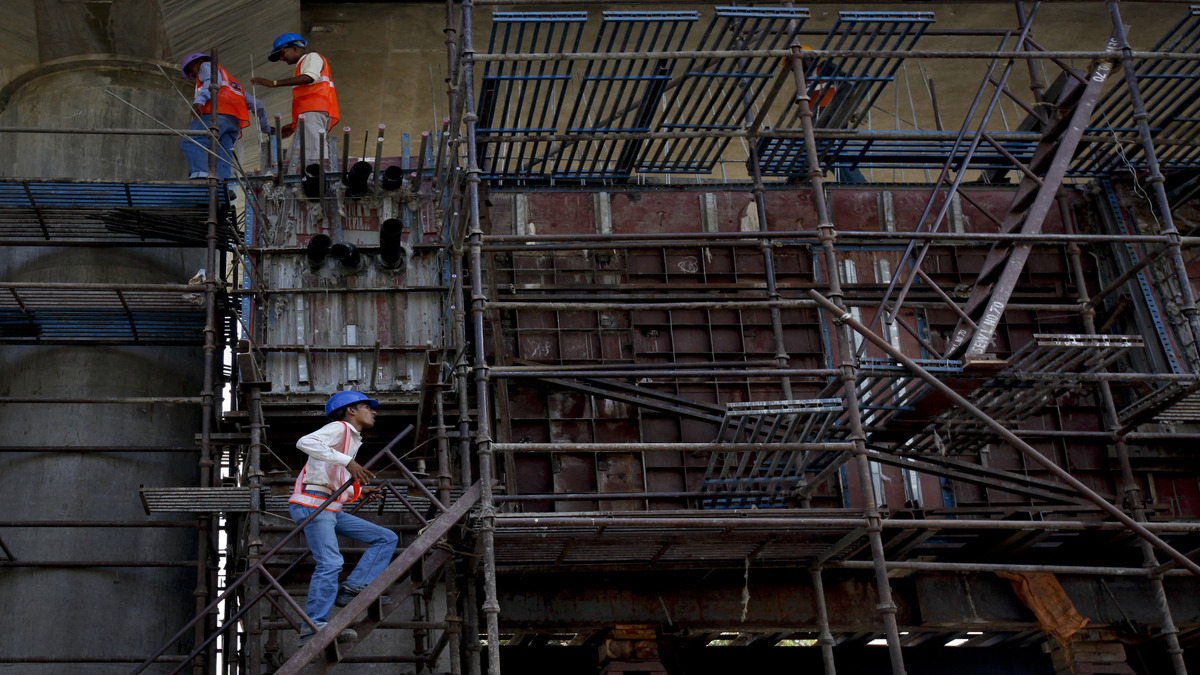India is reportedly planning to adopt the living wage in place of the minimum wage. The shift can be expected by next year, as per an Economic Times (ET) report.
New Delhi has approached the International Labour Organization (ILO) to help it chalk out a framework to assess and operationalise the living wages, the report added. India is a founding member of the ILO, which was set up in 1919.
What are living wages and how will they benefit workers in India? Let’s understand.
What’s a living wage?
The ILO defines the living wage as the level of remuneration “necessary to afford a decent standard of living for workers and their families, taking into account the country circumstances and calculated for the work performed during the normal hours of work”.
This decent standard of living includes being able to afford food, water, housing, education, healthcare, transportation, clothing and other basic needs including a provision for contingencies, says the Global Living Wage Coalition.
The goal of a living wage is to ensure the employees get an income enough for satisfactory living standards as well as reduce poverty.
According to an Investopedia report, economists say that no more than 30 per cent of the living wage should be spent on rent or a mortgage.
Impact Shorts
More ShortsLiving wage vs minimum wage
Living wages are often considerably more than the minimum wages.
The minimum wage is the lowest income a worker can get as mandated by law. It ensures the workers can fulfill necessities such as food, shelter and clothing.
In India, the minimum wage is calculated on the basis of the state, worker’s skill level and the nature of their work among other factors. Despite earning minimum wages, workers often fall below the poverty line, according to Times of India (TOI).
Living wage is voluntary, unlike minimum wages which are required by law. However, it can become mandatory if a government sets the minimum wage at the level of the living wage.
Pros and cons of living wages
Living wage is a divisive issue. Proponents of the living wage say people get paid more, leading to a rise in employee satisfaction. A boost in employee morale is likely to result in higher productivity, reported Investopedia.
It also saves recruitment and training costs for companies as employee turnover falls.
On the other hand, critics of the concept say companies may cut back on hiring if forced to pay increased wages, creating more job losses, as per the Investopedia report.
Opponents also argue that imposing a living wage means creating a wage floor, which would hurt the economy by impacting businesses, especially those that cannot pay hiked salaries, the report added.
How living wage will benefit India
India has over 500 million (50-crore) workers, of which 90 per cent are in the unorganised sector, noted ET.
The national floor level minimum wage (NFLMW) – an amount below which no state government can fix the minimum wage – was Rs 178 per day or more depending on the location in 2023. This was set at Rs 176 per day in 2017 and has not been changed since then.
Currently, some states pay workers in the unorganised sector even below the NFLMW.
The Code on Wages, 2019 was passed by Parliament states that the minimum wage cannot be fixed below the national wage floor. However, this code, which is binding on all states, is yet to be implemented.
If India replaces the minimum wages with living wages, workers are expected to earn more. “We could go beyond minimum wages in a year,” a senior government official told ET.
India has sought the ILO’s technical aid in this regard. Earlier in March, the United Nations agency forged an agreement on the living wage, which was also endorsed by its governing body.
According to the ILO, the living wage has to be calculated following its principles and wage-setting process.
An officer told ET that India has asked the ILO to help it in “capacity building, systemic collection of data and evidence of the positive economic outcomes resulting from the implementation of living wages”.
“New Delhi is striving towards achieving the sustainable development goals (SDGs) by 2030 and there is a view that replacing minimum wages with living wages could fast-track India’s efforts to pull millions of its people out of poverty while ensuring their wellbeing,” officials were quoted as saying by the business newspaper.
A living wage assumes significance amid recent reports that India’s inequality has skyrocketed since the early 2000s, with the top one per cent having 22.6 per cent of the share of national income. Although poverty levels have fallen as per government data, income inequality is a stark reminder of the realities of the rich and poor. Thus, India needs a better-designed wage system to tackle this inequality.
With inputs from agencies


)

)
)
)
)
)
)
)
)



